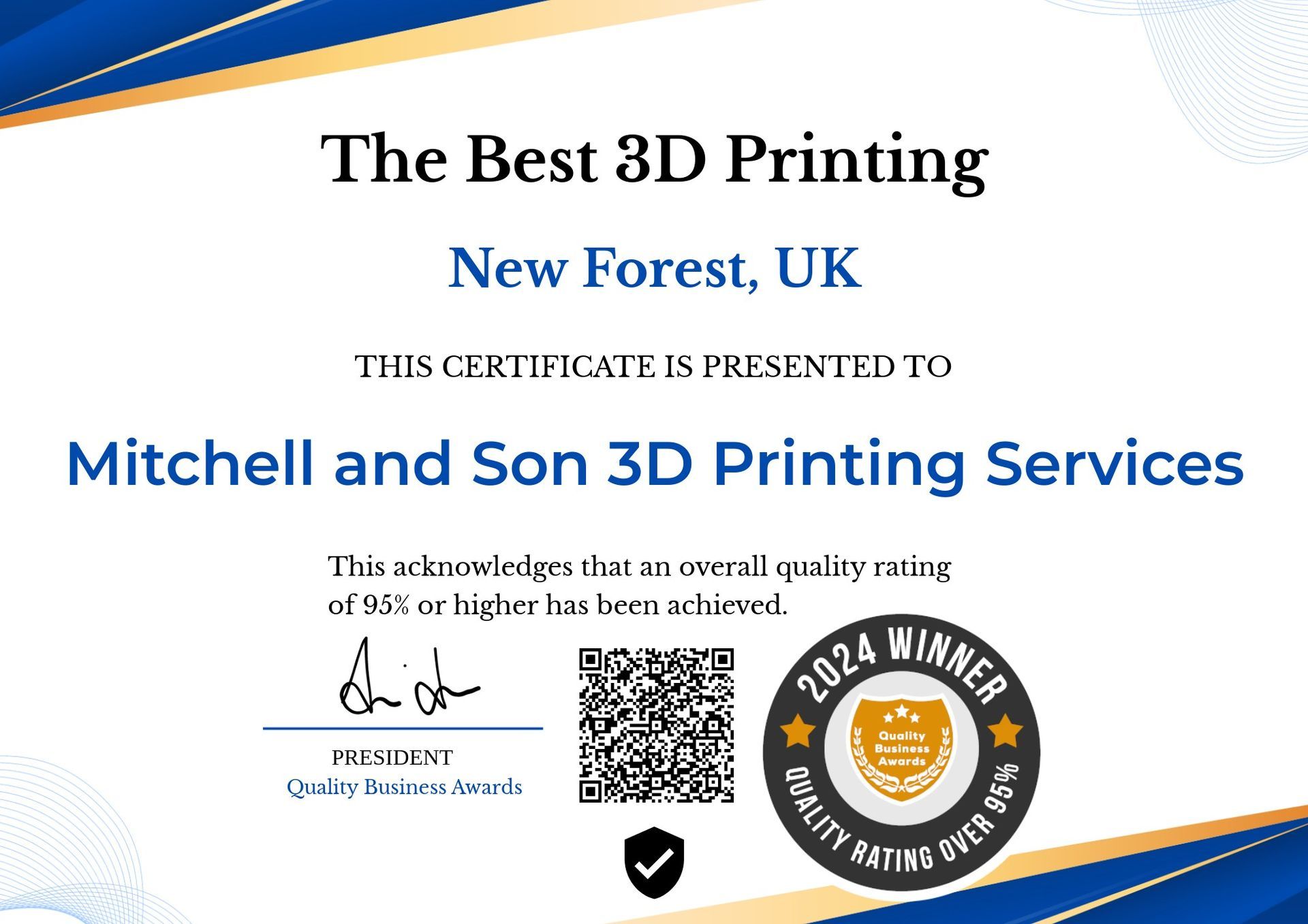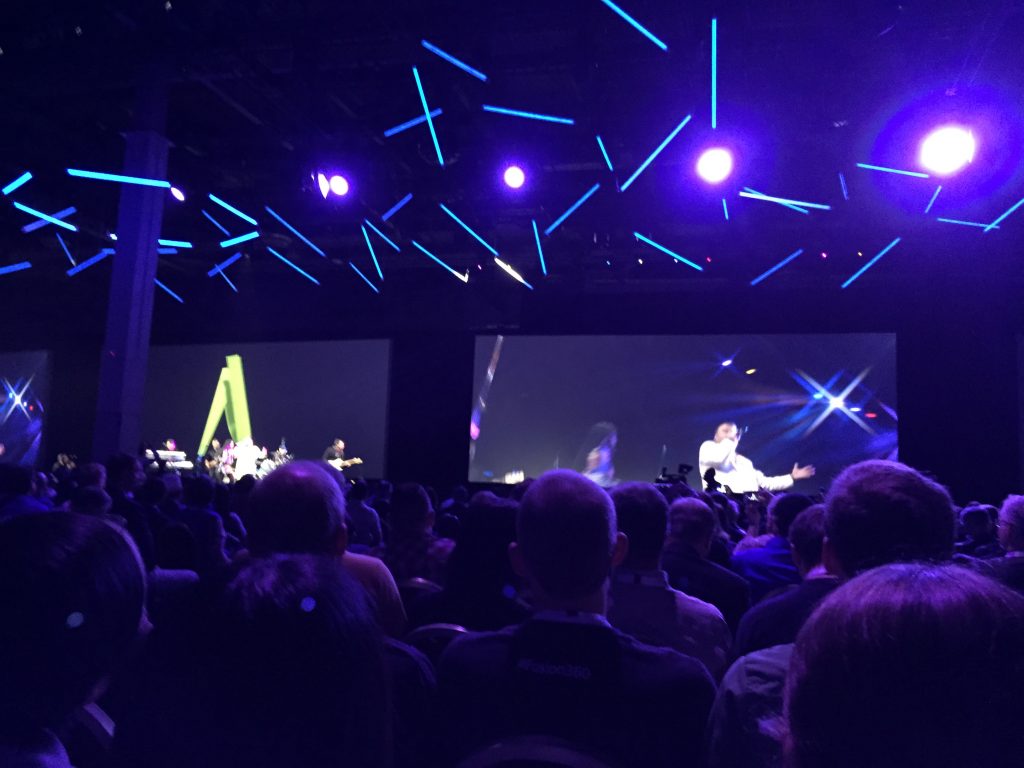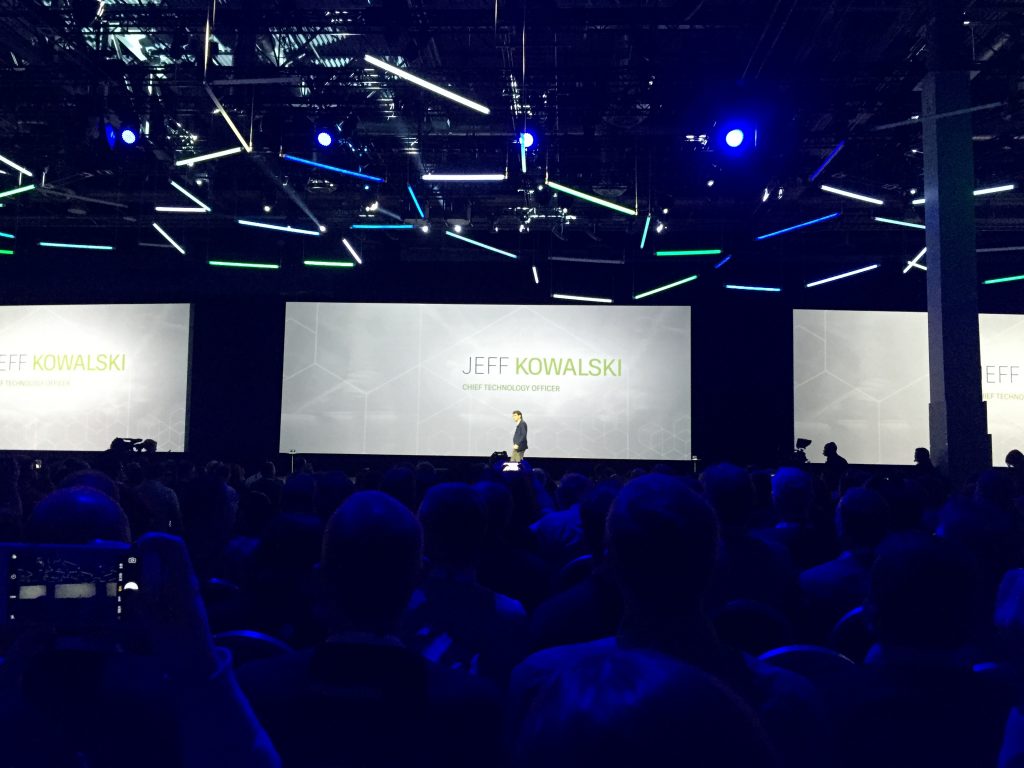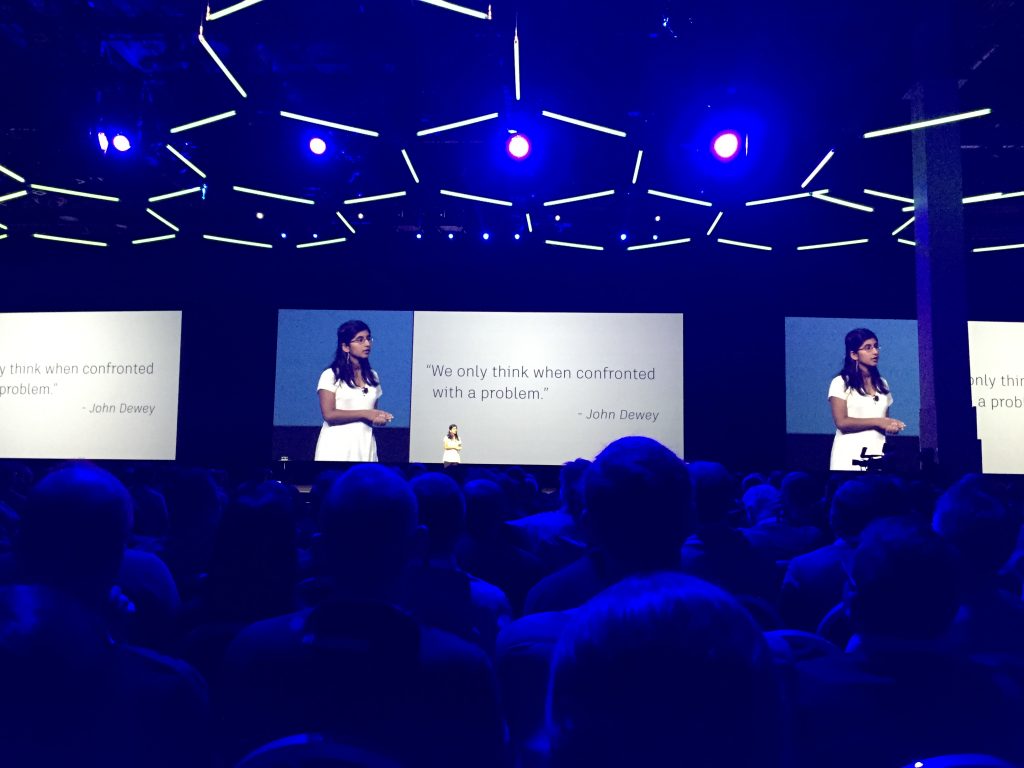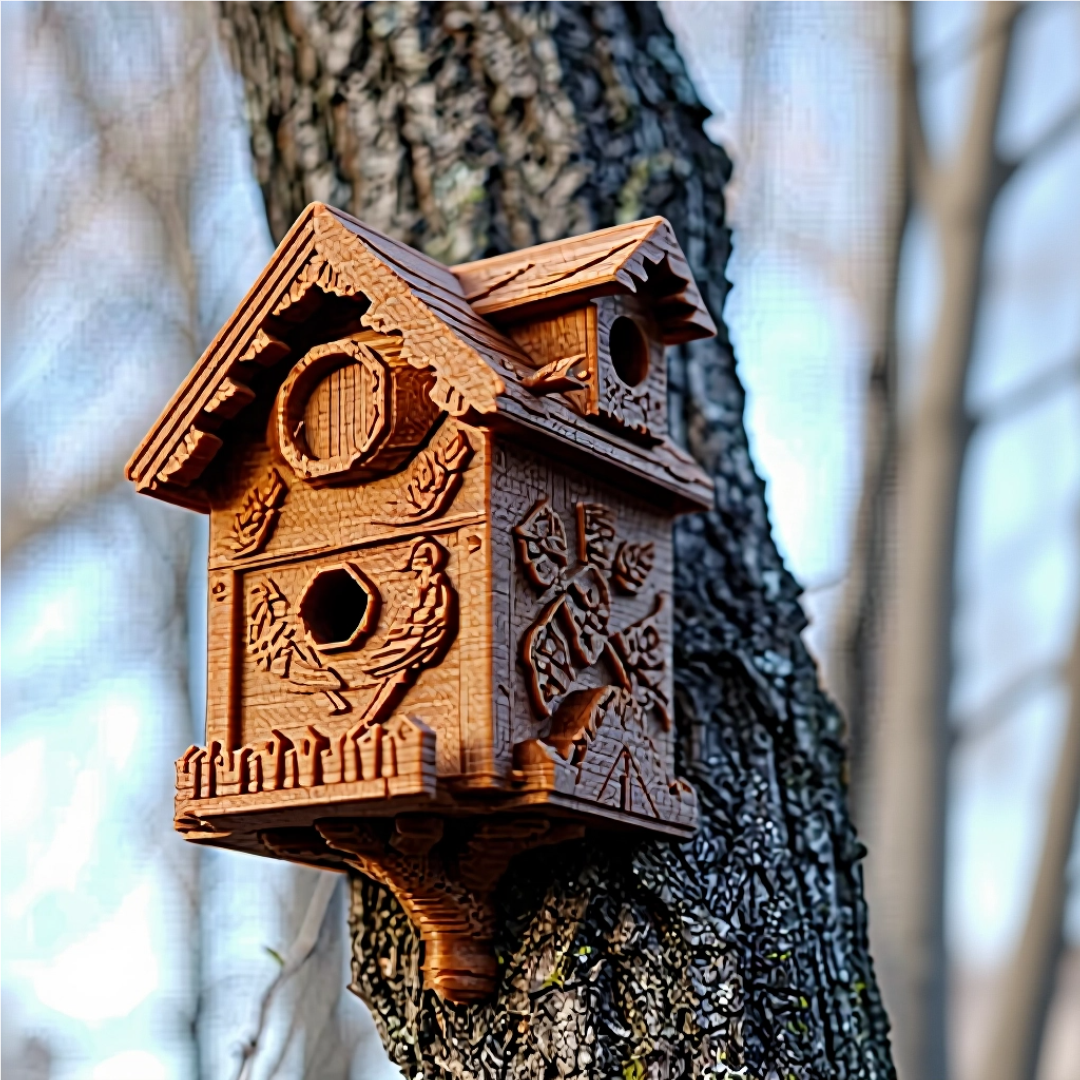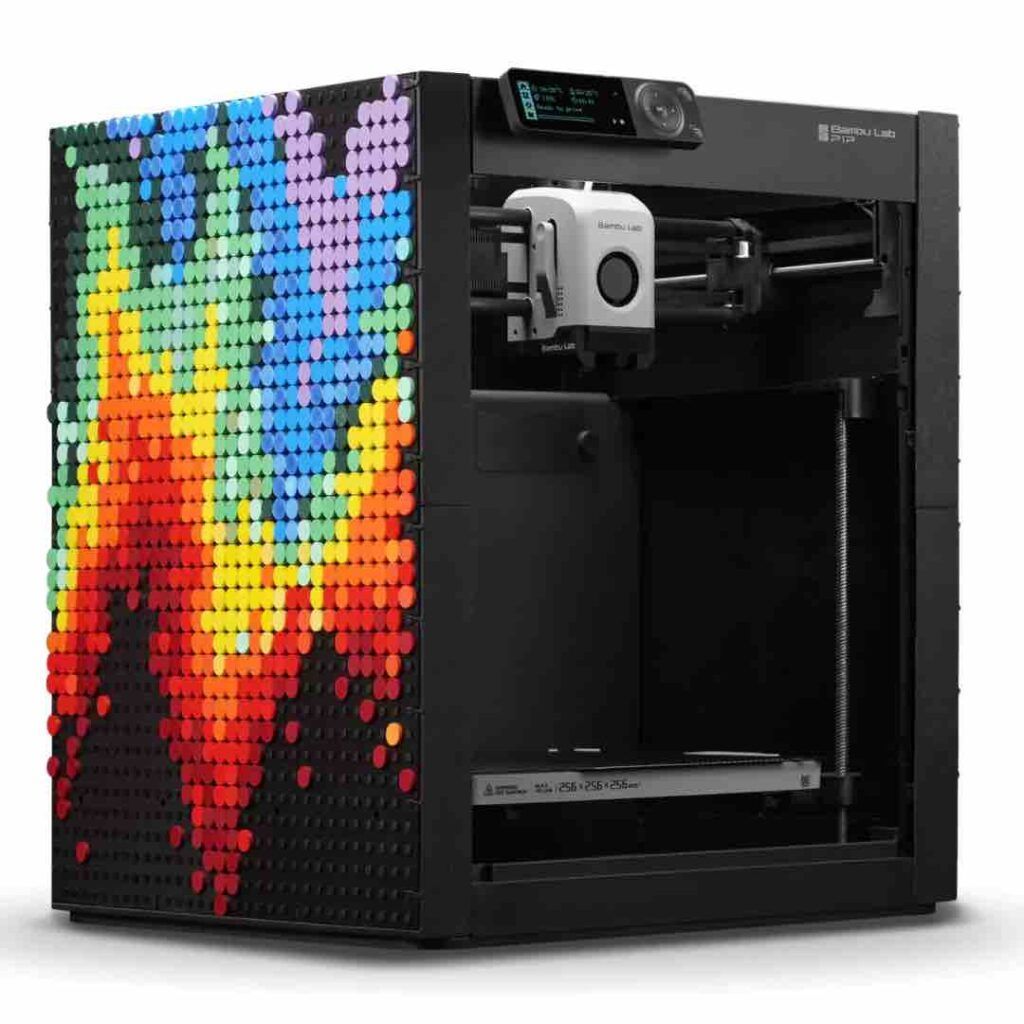AU 2016 Keynote: The Future of Making Things

AU 2016 kicked off with an amazing series of performances and speeches at the opening keynote.
There was music, robots, DJs and even an Autodesk rap. The entire event was just shy of 90 minutes and incorporated a total of 4 speeches. 2 of which were by Autodesk’s very own CTO Jeff Kowalski and CEO Carl Bass. The two other keynote speakers drew light to various aspects of the engineering industry. There was Christian Benimana from Mass Design Group and 16-year-old robot builder Anna Nixon. All in all, the keynote event had the potential to shape the audience’s viewpoint on the future of engineering.
Kicking it off, Jeff Kowalski discussed the future of making things and innovation, a hallmark idea that drives much of the theory behind AU. Of all the things discussed, what stood out the most was his discussion of four radical technologies that are shaping the industry. Technology and innovation aren’t just growing, it is accelerating at a rapid pace. We need to innovate – at least this was the message. Machine learning was the first concept mentioned that is driving much of the technology world’s innovation. Computers no longer need to be programmed, but rather they are learning and programming themselves. We are seeing an exponential growth in these abilities, and it is shifting towards the ability for computers to be creative.
This automation can seemingly be scary, he drove home, but it’s not like the robots are coming for us, they’re coming for us. Jeff then transformed this idea of machine learning into the ability for programs to use generative design. This admittedly is becoming a very real technology and one that the CTO promised to release Autodesk specific software for early next year. He then shifted focus away from the machine and onto the engineer. Virtual reality and human learning are going to become driving abilities and skills in the emerging workforce. To close, he challenged the audience to a question, “What’s your role in the future of making things?”
Christian Benimana followed Jeff and discussed his background in African architecture and design, specifically through work experience with the Mass Design Group. The population of Africa is expected to go from 1.2 million to 2.5 million by 2050. This inescapable growth means that 700 million new housing units will need to be built, a daunting task, one that needs to be handled sustainable, he pointed out. The key to doing this effectively will be leveraging design to make a positive impact. This is what Christian and his fellow engineers and designers at Mass Design Groups are doing. They are incorporating innovative designs to not only build structures but to change communities. His talk was one that brought into reality the amount of attention we need to pay to designing well and sustainably in the coming years.
Carl Bass, Autodesk’s CEO, then came to introduce the next speaker – 16-year-old Anna Nixon. This girl was nothing short of amazing in both her speech and demeanor. In all trueness, she schooled an entire room of engineering professionals on beneficial design and innovation. She has been designing robots since the second grade and made it a point in her speech to recognize that she could never engineer alone. It is only through teamwork and collective skills that she has been able to learn and innovate in her life. For just a junior in high school, Anna had more about engineering figured out than many in the room. At the forefront of her many points was again, that of teamwork. We have to design together, and ultimately we need tools that allow us to do so more effectively. To close she ended on a challenge to Carl Bass himself, “What is Autodesk going to do to facilitate teamwork in the future?”
Carl then took the stage and responded to Anna’s challenge by discussing where Autodesk innovation is headed. Not only will the team become important to the future of Autodesk, but as a company, they are developing platforms to better serve team environments. Shifting away from direct response, he moved into the automotive industry. If you stay up to date on technology news, you know just how fast the automotive realm is innovating. The CEO believes that the three big changes facing the industry are autonomous driving, car sharing, and electric powertrains. All of these innovations, while innovations at that, are
Shifting away from direct response, he moved into the automotive industry. If you stay up to date on technology news, you know just how fast the automotive realm is innovating. The CEO believes that the three big changes facing the industry are autonomous driving, car sharing, and electric powertrains. All of these innovations, while innovations at that, are quite industry disruptive to companies who have spent the last 100 years mastering the internal combustion engine. Regardless of scale, he
Regardless of scale, he says, we have to experiment and innovate. Innovation is at the core of success as a company, specifically, he used examples of automotive companies who have scoffed at the now industry leading technologies. We have to be on the cutting edge if we need to succeed. Coming full circle in his discussion, teams are going to be at the forefront of Autodesk research and development.They will focus not on software for the individual like past, but rather software for entire teams – t ools for innovation.
Carl Bass then invited everyone to the exhibit hall, following with the entire back presentation wall opened and crowds began flooding in.
The post AU 2016 Keynote: The Future of Making Things appeared first on Inventor Official Blog.


